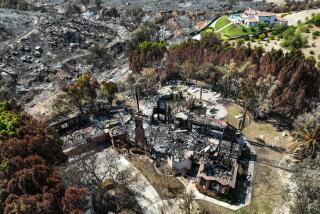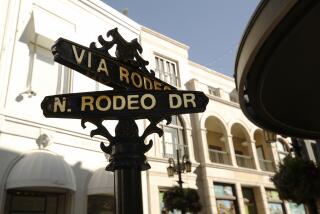Raising a child costs 22% more now than in 1960, report says
Expecting children? Expect to cough up some big bucks.
The grand total for middle-income parents raising one child from birth to age 17 is $222,360, which doesn’t include college tuition, according to a recent report from the U.S. Department of Agriculture.
That’s 22% higher than the 1960 cost — adjusted for inflation — of $182,857.
“Annual child-rearing expense estimates ranged between $11,650 and $13,530 for a child in a two-child, married-couple family in the middle-income group,” the report says.
The study, called “Expenditures on Children by Families,” examined child-rearing expenses of 11,800 husband-wife households and 3,350 single-parent households.
The report called child-care and education costs “the most striking change in child-rearing expenses over time.” Those expenses grew from 2% of total child-rearing expenses to 17%.
Healthcare expenses doubled as a percentage of total costs and also climbed in real terms.
Although food was among the largest expenses in both time periods, proportionally the overall costs have fallen. Changes in agriculture over the last 50 years have resulted in food taking up a lower percentage of household income, the report said.
The cost of housing has increased in real terms but was the most expensive expenditure in both time periods.
But having a lot of space isn’t a priority for Meredith Rives of Evanston, Ill.
“We are looking to buy a bigger house but just haven’t yet because it’s cost-prohibitive,” she said. “It’s more important for me to stay home” to watch the kids.
Rives, a veterinarian putting her career on hold to care for two sets of young twins, looks on Amazon.com for diapers. She buys almost no new clothes for the children.
“I get hand-me-downs and shop at garage sales, mothers groups, rummage sales,” she said. “If I buy retail, I never buy full price.”
Partly because of globalization, children’s clothing and miscellaneous expenses decreased both as a percentage and in real terms from 1960 to 2009, the report said.
The cost of raising a child, particularly in a shaky economy, has some people wondering whether they should put off plans to have more children.
Lindsay Murphy was eight months pregnant with her first child, now 11 months old, when her financial services employer in Skokie, Ill., laid her off in a round of downsizing.
She and her partner regularly discuss whether they should have another child before the economy gets on sounder footing.
“While we want another child and very much want our children to be close in age, we just can’t get comfortable with the additional expense in light of the economy,” she said. “We’d rather be sure to have the resources to fully provide for our daughter than risk not having enough to go around and potentially depriving both children of any advantages.”
Tammi Toren, an assistant branch manager for Glenview State Bank in Illinois, has a 5-year-old daughter and is expecting a second child in October.
She said she and her husband, a service manager at a car dealership, didn’t think about the economy’s troubles before deciding to have another child. “You never really have enough money, if you think about it,” she said.
They cut back on eating out, and her husband might give up his golf game during the week if their daughter wants to go skating.
They send their daughter to a Catholic school that costs $5,000 a year, but they save on child care.
“I have wonderful in-laws who watch our daughter,” Toren said.
More to Read
Inside the business of entertainment
The Wide Shot brings you news, analysis and insights on everything from streaming wars to production — and what it all means for the future.
You may occasionally receive promotional content from the Los Angeles Times.






